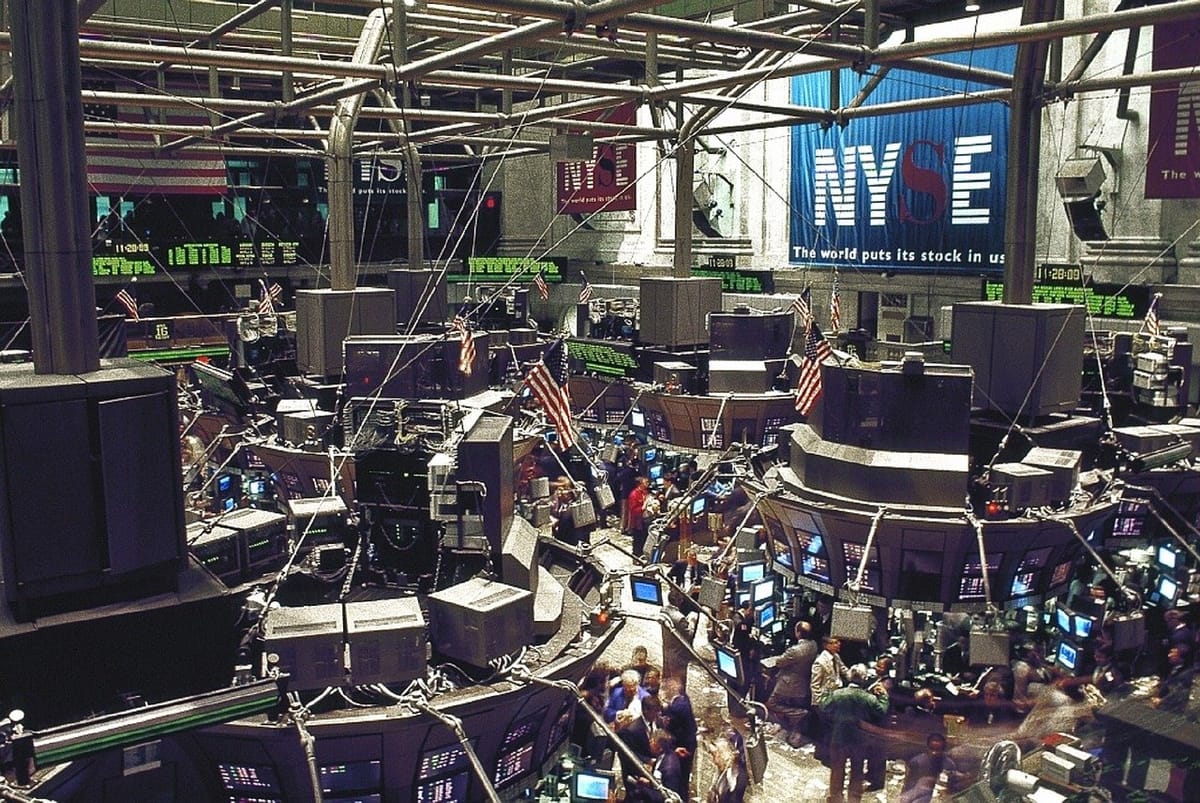What really moves markets?

In the face of recent historic moves in stocks, crude oil, bonds, and many currencies, it is a good idea to step back and think about a fundamental question: what really moves markets?
The one thing
In the short term, only one thing moves markets—buying or selling pressure. In older trading books, this was often shortened to “more buyers than sellers”, but this isn’t quite true. It would be true if each buyer and seller had equal power to act and equal desire to act, but this is obviously untrue—some traders are much larger than others, and some will have greater or lesser conviction at different points in time.
One strong and motivated buyer could beat many small sellers, moving prices higher. At other times, many small sellers could overcome one giant seller. (Think about a school of piranhas eating a large animal in the water.) But what matters, in the end, is the aggregate of the buying and selling pressure in the market at any point in time. That, from moment to moment, is what moves the market.
This is academic, and, frankly, so simple and well-known that it’s trivial. However, this is also an important backdrop to bigger-picture considerations.
The more interesting questions are why people make the decisions they make. What motivates people to decide to buy or sell?
Understanding motivations
Of course, there’s bad news at the beginning. When we set off on a journey to understand the markets’ reasons for doing anything, we have to admit that we will never actually know the answer to that question.
In fact, how many of us even understand our own motivations for doing something? Even a deeply introspective person must misunderstand many things about his or her own motivations, and the lessons of psychology are clear—we’re a mess of interactions, learned behaviors, reflexes, and biological impulses!
Though we can never even fully understand ourselves, we can step back and think a bit about what drives decisions in the market. Here are a few:
- Markets are rational. Markets discount the future. One of the main tasks of markets is to adjust prices for what we think will happen in the future. For instance, if a disease disrupts supply chains and operations for many companies, those companies will probably make less money in the near future. Therefore the value of those companies (and stocks are simply “pieces” of a company) should go down. If it becomes clear that some commodity will soon be swimming in excess supply, prices will of course go down to compensate. This rational analysis is one of the major influences in markets.
- Markets are also emotional. On the other hand, markets are often emotional. Price movements can provoke traders to take action, even if based on no change in the underlying value. (This is one of the key ideas behind Soro’s reflexivity.) When markets become emotional, traders become emotional, and a feedback loops can develop in which emotional traders push markets to extremes, and these extremes generate more emotions and more emotional traders. This can get out of hand.
- Liquidity is a big piece of the puzzle.In a liquid market, we can pretty much get in and out whenever we wish, but there’s another part of this. Liquidity is essential for a market to work well. In very illiquid markets, no one may know what true value is, and the problem compounds because people will be unwilling to step in an arrest “crazy” price moves. Price can become ever-more disconnected from fundamentals, and eventually the market breaks down. (This was a major driver in the 2007 prelude to the financial crisis.) Another thought about liquidity: it changes quickly. A deep, liquid market can become shockingly thin at times, and this can compound traders’ losses.
- Markets are manipulated. It’s worth remembering this truth—free markets are an ideal, but they are also not reality. All financial markets are constrained to some degree or another, and many are manipulated for some time. This is not reason to avoid a market, but we must accept reality for what it is. Identify the manipulation if you can (sometimes it is impossible), and work within it.
These four things make for a complicated mix, but this is how prices are determined: through a combination of rational analysis and human emotion, which meet the marketplace in greater or lesser liquidity and run up against various manipulations and constraints.
If this seems academic, it isn’t. Every trade you place is subject to these influences. Every frustration you feel probably comes from misunderstanding one of these factors. Every profit you make is driven by getting at least one of these things right.
The more we understand the other players, the more we understand the game and the better we can play it.



